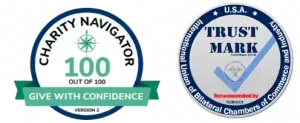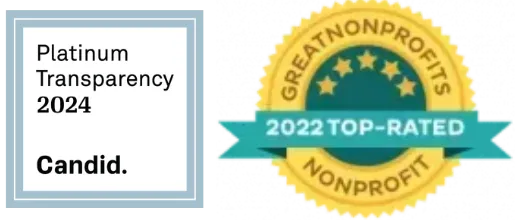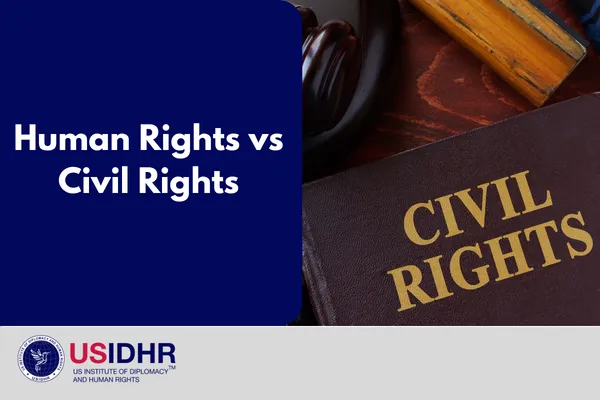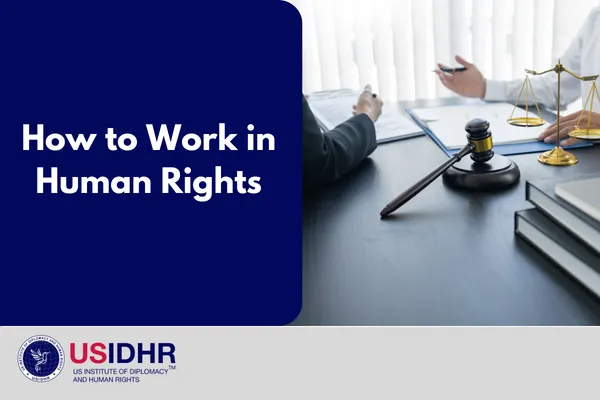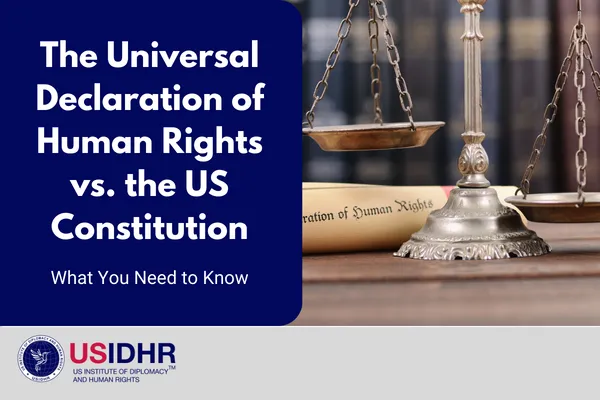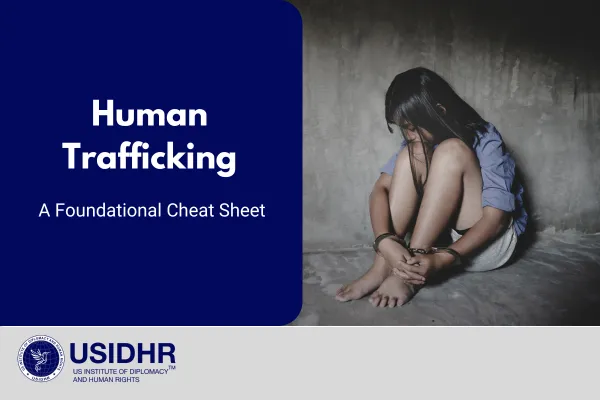
Human trafficking is one of the hardest crimes to both detect and prosecute. John Vanek, author, and consultant on the collaborative response to human trafficking, states that this boils down to a lack of human trafficking information and awareness (Vanek 2016)[1]. The taboo topic of human trafficking and general misinformation of the crime exists in every segment of society from victims to law enforcement. Here at USIDHR, we value the power of education to curb crimes against humanity such as human trafficking. This article covers a brief but informative guide to understanding human trafficking, attempt to dispel misinformation, and raise awareness.
The Definition of Human Trafficking
1. Forced Labor – According to the UNODC Global Report on Trafficking in Persons, the second most found type of human trafficking is labor trafficking (18%)[2]. However, the report notes, that labor exploitation is severely misrepresented compared to other forms of human trafficking due to a lack of detection and reporting. It is much more “invisible.”
2. Sexual Exploitation – Sex trafficking is the most common form of human trafficking coming to about 79% of trafficking cases[6]. According to UNODC, a surprising find is the involvement of women in trafficking, wherein women were found to make up the largest proportion of traffickers. Simultaneously, women make up the largest number of victims of sexual trafficking.
3. Organ Trafficking – Organ traffickers exploit the desperation of the recipient, who has limited options to save their life, and the donor, who is usually caught in a dire economic situation. Traffickers include professional health care professionals including doctors and nurses and the crime is not necessarily done in shady alleyways but rather in plain sight[5].
4. Child Soldier – Child soldiery is the nonconsensual and unlawful recruitment (usually through fraud or force) of individuals under 18 by armed forces for combat, labor, or sexual exploitation[7].
5. Child Marriage – The US Department of State outlines child marriage as a type of human trafficking as it involves the lack of consent of at least one party in the marriage[5].
6. Debt Bondage – Unlike labor trafficking, debt bondage starts as consensual as the victim willingly enters labor to pay off a debt. However, the victim gets caught in a “debt bondage” wherein loans unrealistically increase, and their debt increases with no possibility of being paid off, thus the victim is caught in a forced cycle[5].
Human Trafficking Indicators
The U.S. Department of State has outlined a set of indicators to help identify cases of human trafficking as the crime often occurs and persists right under our noses. These indicators include, but are not limited to[4]:
1. Living with employer
2. Poor living conditions
3. Multiple people in cramped space
4. Inability to speak to individual alone
5. Answers appear to be scripted and rehearsed
6. Employer is holding identity documents
7. Signs of physical abuse
8. Submissive or fearful
9. Unpaid or paid very little
10. Under 18 and in prostitution
The Blue Campaign, a State-issued campaign to fight against and end human trafficking further provides a guide and a set of questions to help recognize human trafficking. The guide can be found here[4].
What is USIDHR Doing?
The US Institute of Diplomacy and Human Rights’ mission is to advance education for all and enhance global understanding through research, training, and programs. Human trafficking is a severely undetected and non-prosecuted crime due to misinformation and lack of awareness. Although not the perfect solution and an end-all to the persistent horrors of human trafficking education can help prevent human trafficking and help detect its cases. Here at USIDHR we’ve developed the Human Trafficking Prevention Training to help all individuals from walks of life (but particularly, students, social workers, lawyers, and human rights staff) to learn about human trafficking and effective strategies to combat it. Students become certified Anti-Trafficking Consultants and can effectively spread further education on human trafficking in their community increasing community awareness.
Reference list:
[1] The Essential Abolitionist: What you need to know about human trafficking & modern slavery (2016)
[2] https://www.unodc.org/unodc/en/human-trafficking/global-report-on-trafficking-in-persons.html
[3] https://www.unodc.org/unodc/en/human-trafficking/protocol.html
[5] https://fighttoendexploitation.org/2018/12/28/6-types-of-human-trafficking/
[6] https://www.unodc.org/unodc/en/human-trafficking/global-report-on-trafficking-in-person
Join One of Our Certificate Trainings:
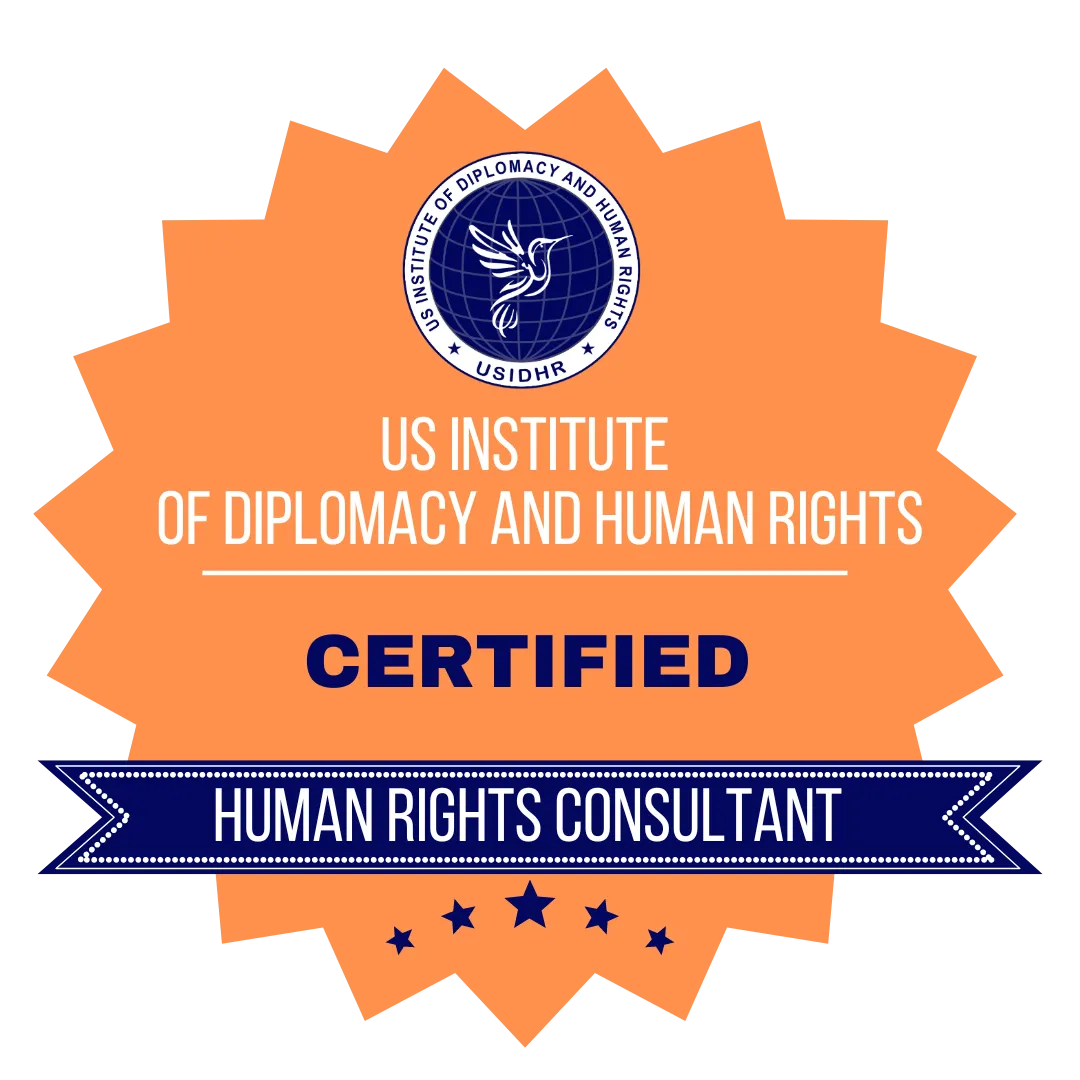
Human Rights Education Certification Training

Human Trafficking Certification
Training
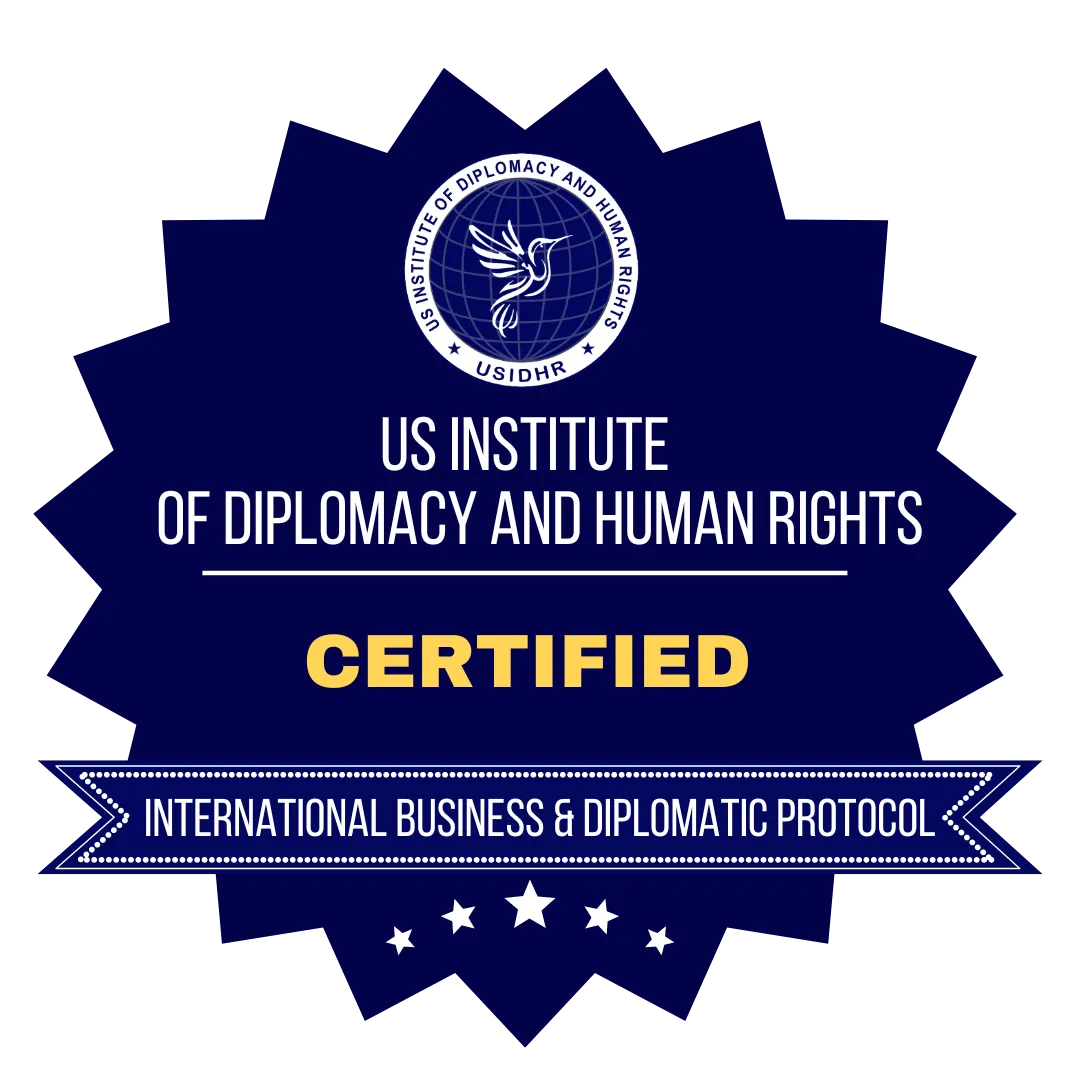
International Business and Diplomatic Protocol Certification
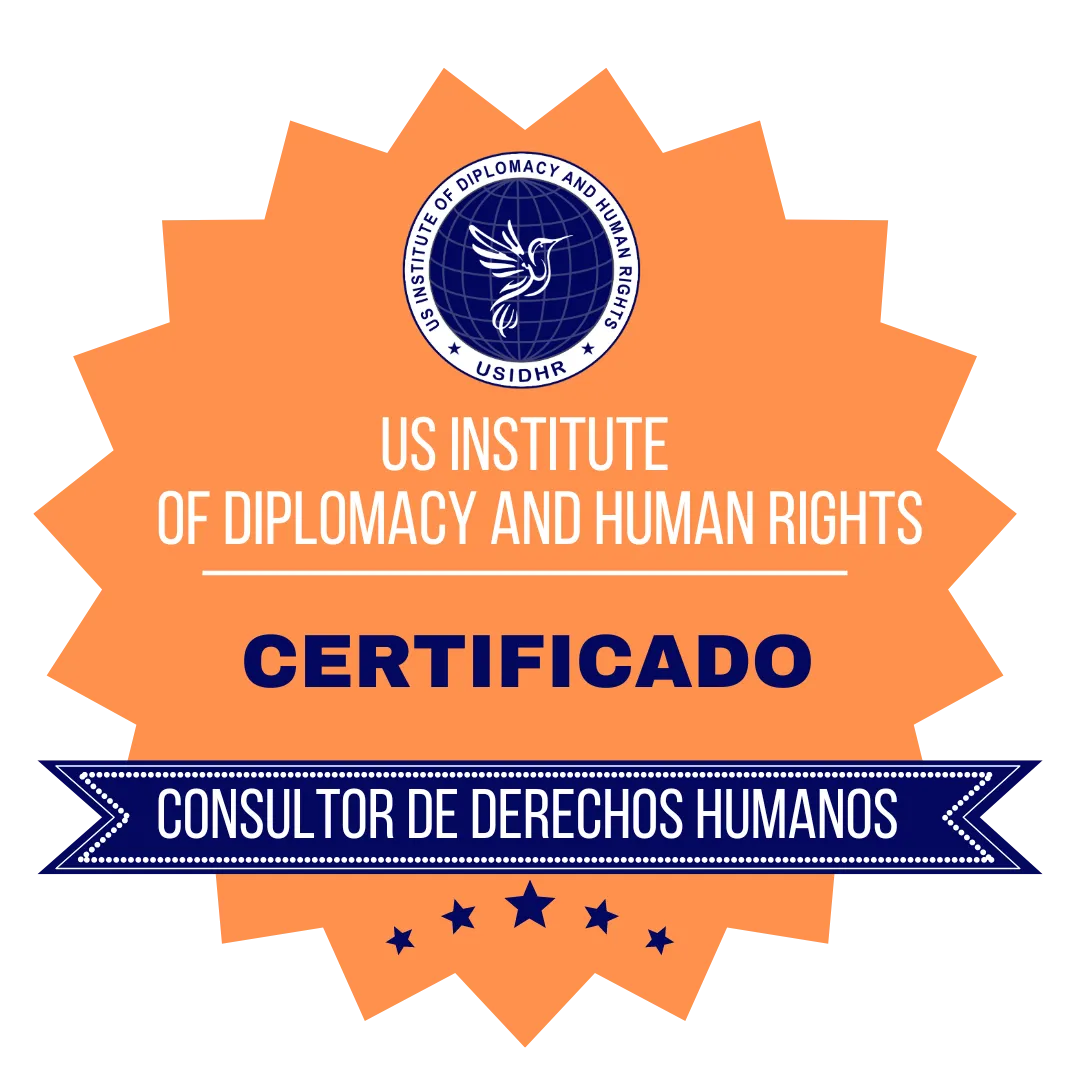
Capacitación En Derechos Humanos
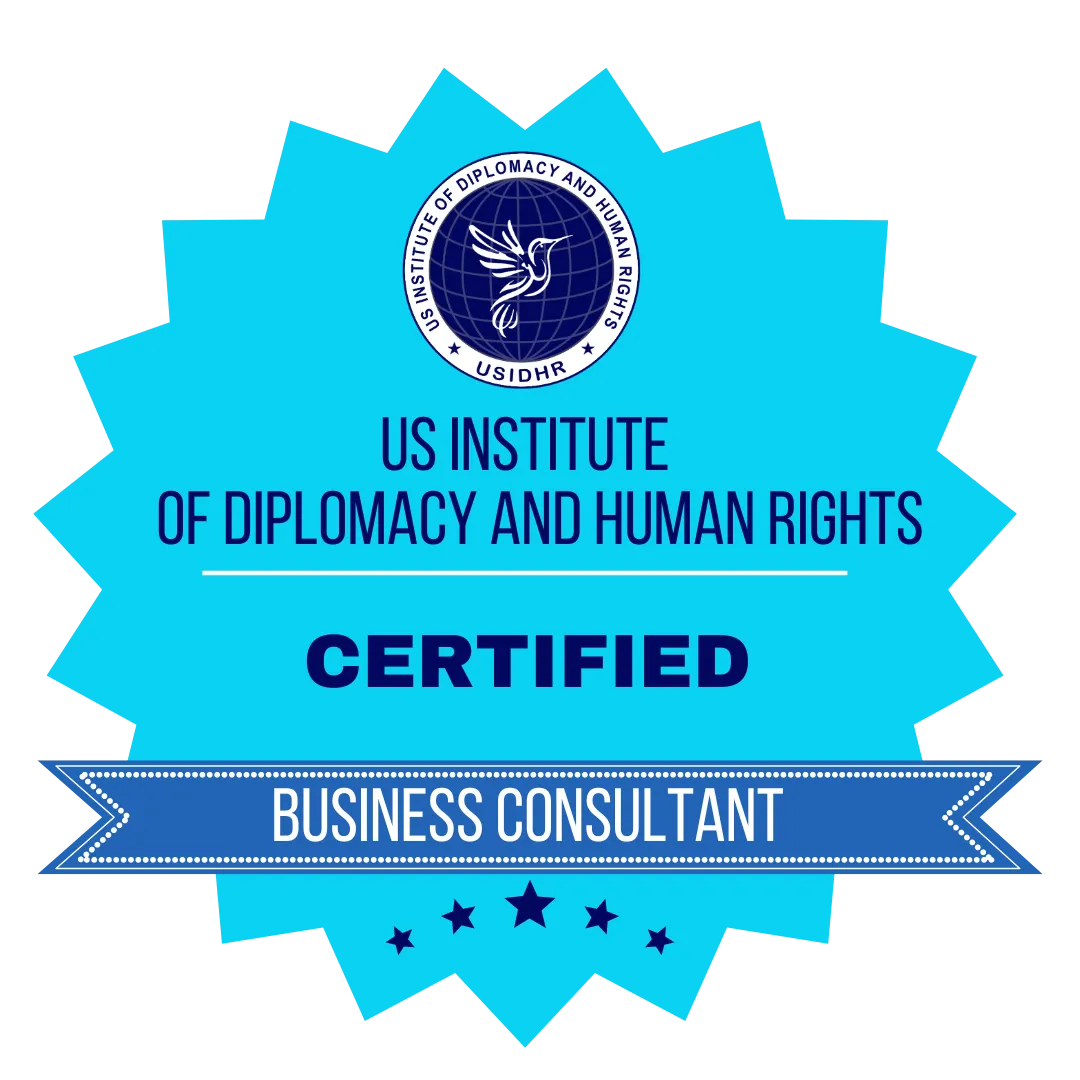
Business Consulting Certification Training
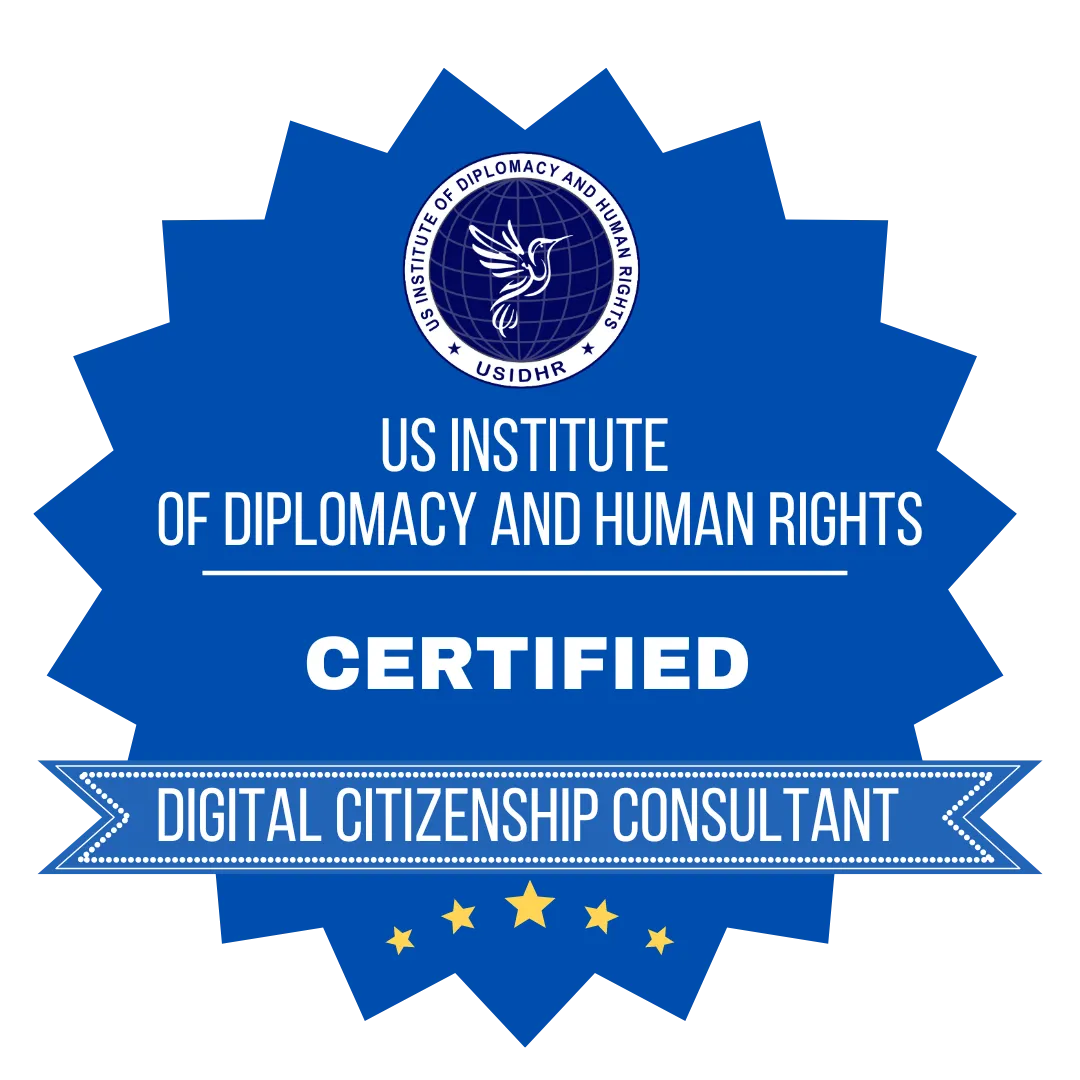
Digital Citizenship Certification
Training
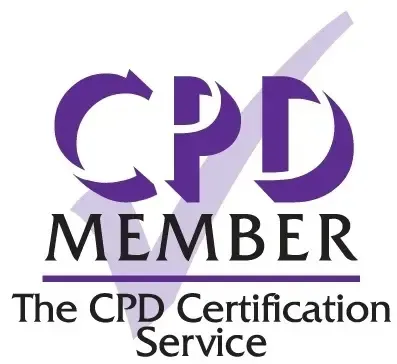
The US Institute of Diplomacy and Human Rights (USIDHR) is an International Continuing Professional Development (CPD) Accredited Organization. Accredited CPD training means the learning activity has reached the required Continuing Professional Development standards and benchmarks. The learning value has been scrutinized to ensure integrity and quality. The CPD Certification Service provides recognized independent CPD accreditation compatible with global CPD requirements
US Institute Of Diplomacy And Human Rights
1250 Connecticut Ave NW Ste 700, Washington, DC 20036
